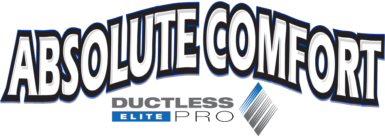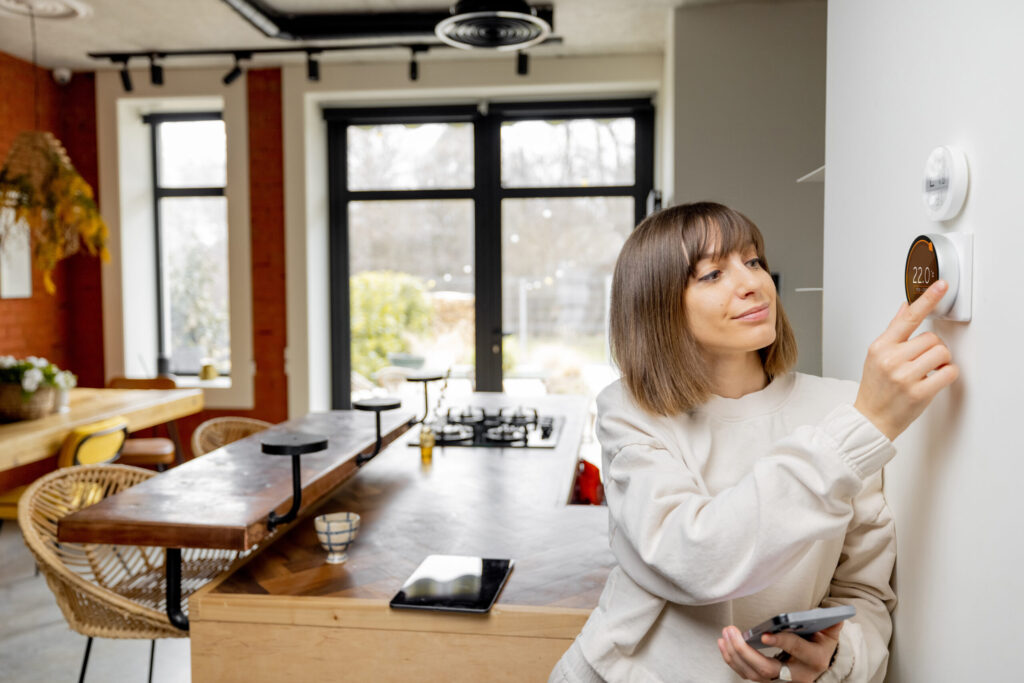Introduction
As summer temperatures climb, your HVAC system is working overtime to keep your home cool and comfortable in Central Indiana’s humid climate. But with increased usage come common concerns: How do you maintain efficiency, cut energy bills, and avoid unexpected breakdowns? This mid-summer FAQ roundup tackles the top 5 questions homeowners ask, drawn from real customer experiences and expert insights. We’re your trusted guide, proactively addressing what’s on your mind to help you make informed decisions and stay ahead of issues.
How Often Should I Service My HVAC?
Regular HVAC servicing is essential to prevent breakdowns, boost efficiency, and extend your system’s lifespan. Experts recommend at least twice-yearly maintenance: once in spring for cooling and once in fall for heating. This timing aligns with seasonal demands, ensuring your unit is ready for Central Indiana’s hot summers and cold winters.
During a professional service, technicians inspect key components like filters, coils, refrigerant levels, electrical connections, and thermostats. They clean accumulated dirt, lubricate moving parts, and catch issues early, which can save you from costly repairs. Neglecting maintenance might reduce efficiency by up to 15% and shorten system life by years. For households with pets, in dusty environments, or high pollen areas like Lapel, more frequent filter changes (every 1-3 months) are crucial to maintain airflow and comfort.
While some suggest annual servicing for newer systems, biannual is the gold standard, especially in variable climates like Central Indiana. Skipping it could lead to higher energy bills and emergency calls during heatwaves. Learn more about professional maintenance to keep your system in top shape.
What Size AC Do I Need for My Home?
The right AC size, measured in tons (where 1 ton equals 12,000 BTUs), depends on your home’s square footage, insulation, climate, and other factors. A professional Manual J load calculation is essential for accuracy, with a general rule of about 20 BTUs per square foot. Oversizing causes short cycling and humidity issues, while undersizing leads to inadequate cooling and higher bills.
For quick estimates:
- 1,000-1,500 sq ft: 2-2.5 tons (24,000-30,000 BTUs)
- 1,500-2,000 sq ft: 3 tons (36,000 BTUs)
- 2,000-2,500 sq ft: 4 tons (48,000 BTUs)
- 2,500-3,000 sq ft: 4.5-5 tons (54,000-60,000 BTUs)
- 3,000-4,000 sq ft: 5-6 tons (60,000-72,000 BTUs)
- 4,000-5,000 sq ft: 6-7.5 tons (72,000-90,000 BTUs)
- 5,000-6,000 sq ft: 7.5-10 tons (90,000-120,000 BTUs)
However, factors like ceiling height, window exposure, and Central Indiana’s humid summers may increase capacity needs. DIY guesses can spike energy costs by 20-30%, so always consult professionals. Common pitfalls include ignoring heat gain from appliances or poor insulation. Residential units typically range from 1.5 to 5 tons, rarely exceeding that for standard homes. Homes over 5,000 sq ft may require multiple units, commercial systems, or a combination of conventional HVAC and ductless units.
For guidance on choosing the right unit, check out our AC installation page.
Are HVAC Maintenance Plans Worth It?
Yes, HVAC maintenance plans are worth it for most homeowners, offering biannual tune-ups, priority service, repair discounts, and up to 15% energy savings while preventing emergencies that can exceed $500. These plans extend system life and provide peace of mind through perks like 24/7 support.
For most households, the benefits outweigh costs—plans often pay for themselves by reducing breakdowns and boosting efficiency. Options range from basic inspections to comprehensive plans with repair coverage, offering flexibility.
In high-demand seasons like summer, plan members get faster response times, invaluable during Central Indiana heatwaves. Aging units benefit most, though even newer systems gain from proactive care. Explore the benefits of maintenance plans.
How Can I Improve Indoor Air Quality?
To improve indoor air quality (IAQ) via your HVAC system, start by changing air filters every 1-3 months and ensuring proper ventilation. These steps reduce pollutants like dust, pollen, and allergens by up to 99% with high-efficiency HEPA filters. Poor IAQ can worsen allergies and respiratory issues, especially in sealed modern homes common in areas like Carmel or Fishers.
Advanced solutions include installing UV lights to kill bacteria, whole-home air purifiers, or dehumidifiers to maintain 30-50% humidity and prevent mold, a concern in Central Indiana’s humid climate. Regular duct cleaning removes buildup, while running your HVAC on “fan” mode or using fans boosts air circulation.
Additional tips: Use exhaust fans in kitchens and bathrooms, avoid indoor smoking, and schedule annual HVAC maintenance. For older homes, sealing windows and deep cleaning surfaces complement HVAC upgrades. Discover more about IAQ solutions.
What Thermostat Setting Is Best When I’m Away?
The best thermostat setting when away from home in summer is 78-80°F, or 7-10 degrees higher than your usual comfort level, to save energy while preventing humidity buildup and mold, critical in Central Indiana’s humid summers. For extended vacations, raise it to 85°F, but never turn it off completely to avoid damaging electronics or pipes from excessive heat.
This adjustment reduces AC strain and can significantly cut bills—smart thermostats automate it via apps for seamless control. In winter, lower to 60-65°F for similar savings without risking frozen pipes, a concern in Noblesville or Indianapolis winters. Programmable models, as recommended by the Department of Energy, optimize efficiency with setbacks during absences or sleep. Avoid extreme changes to prevent long recovery times upon return.
Learn about upgrading to a smart thermostat for better control and savings.
Conclusion
We’ve answered the top 5 HVAC questions, from servicing frequency to thermostat settings, empowering you to optimize your system this summer. Proactive steps like these lower costs, enhance comfort, and prevent issues—regular care is key to a reliable home environment in Central Indiana. For more information or to schedule a service in Lapel, Carmel, Fishers, or nearby areas, visit our contact page. Stay cool—subscribe to our blog or follow us on social for ongoing tips!

